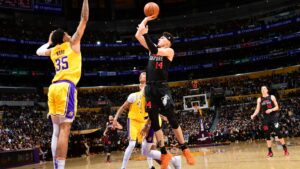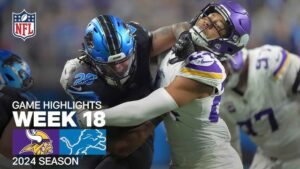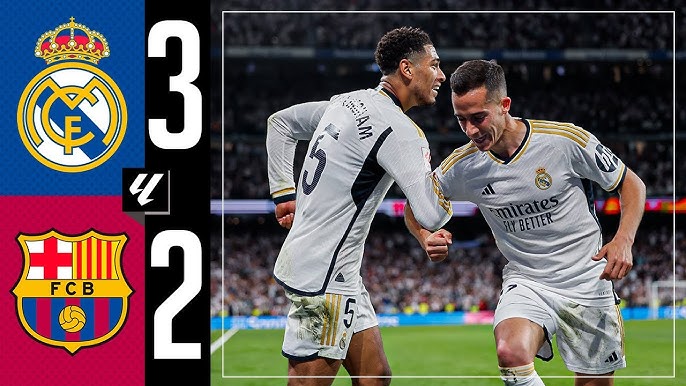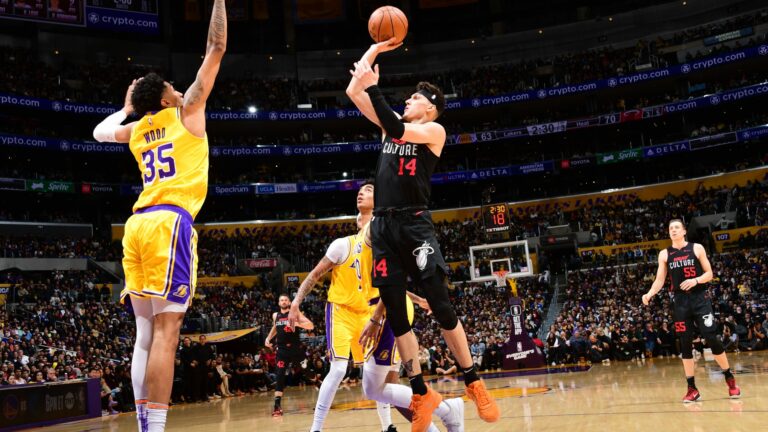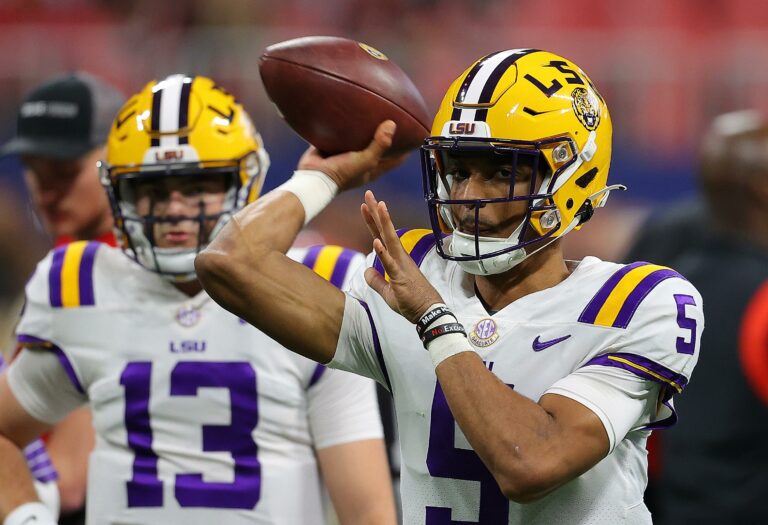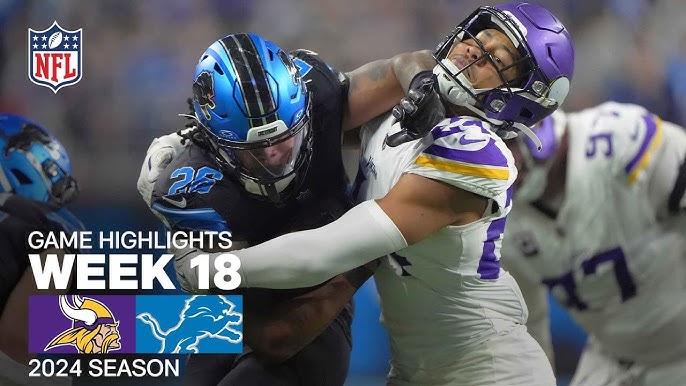The Epic Clash: Barcelona vs. Real Madrid – A Deep Dive into La Liga’s Biggest Rivalry
In the world of football, few rivalries are as intense and storied as that of Barcelona vs. Real Madrid. Known as ‘El Clásico’, this iconic matchup has captivated millions of fans worldwide and represents a clash not just of teams, but of cultures, ideologies, and historical narratives. In this blog post, we will explore the rich history, significance, and contemporary context of this legendary encounter, along with insights into the latest developments that are shaping the rivalry.
Understanding the Barcelona vs. Real Madrid Rivalry
The roots of the rivalry between FC Barcelona and Real Madrid CF run deep into Spanish history. This intense competition began in the early 20th century, with the first official match taking place in 1902. The clash quickly became symbolic of broader socio-political tensions within Spain, particularly between Catalonia, where Barcelona is based, and Castile, the region that includes Madrid. The cultural differences and unique identities of these regions add an extra layer of intrigue to every meeting on the pitch.
Over the years, El Clásico has evolved into one of the most-watched sporting events globally, drawing audiences of millions each time the two giants meet. It is not just about football; it’s a manifestation of identity, pride, and rivalry.
Key Historical Moments
Throughout its history, the rivalry has produced countless memorable moments. One of the most notable was the match on March 21, 2010, when Barcelona triumphed over Madrid with a stunning score of 2-0 at the Santiago Bernabéu, showcasing the brilliance of players like Lionel Messi and Andrés Iniesta. Such performances have created lasting legacies and memories that fans hold dear.
Another significant clash occurred during the 2011 UEFA Champions League semifinals. Barcelona defeated Madrid with a remarkable 3-1 (aggregate score) in a thrilling display of skill and tactical prowess, emphasizing why this rivalry continues to be a focal point of international attention.
The Present Landscape of El Clásico
As we look at the current landscape of Barcelona vs. Real Madrid, the teams are in a period of transition. Both clubs have seen significant changes in management, player lineups, and strategies. Barcelona, under the management of Xavi Hernandez, is striving to rebuild and reestablish itself as a dominant force in both La Liga and European competitions. On the other hand, Real Madrid, with the tactical ingenuity of Carlo Ancelotti, continues to maintain its status as one of the most formidable teams in football history, boasting an impressive roster that includes stars like Karim Benzema and Vinícius Júnior.
Recent matches have been a testament to the competitiveness of both sides. In the most recent encounter, Barcelona emerged victorious, claiming a 2-1 win that showcased their resilience and tactical acumen. Fans watched in anticipation as strategies unfolded and players flaunted their skills, with significant performances from rising stars like Pedri and Gavi.
The Impact of Technology and Data Analytics
In today’s digital age, football is increasingly influenced by technology and data analytics. Clubs are now employing advanced analytics to enhance player performance and strategic planning. For instance, Barcelona uses proprietary software to analyze matches, while Real Madrid incorporates data-driven insights to improve training and tactics.
This technological engagement is mirrored by the sports market as a whole, as clubs seek to streamline operations and leverage data, ushering in a new era of sports management. In this context, the integration of AI and workflow automation is becoming paramount, enabling clubs to maintain competitive advantages.
The Influence of Global Branding
The rivalry between Barcelona and Real Madrid also extends off the pitch, impacting global branding and commercial strategies. Both clubs have successfully positioned themselves as leading global brands in the football industry, attracting sponsorship deals and partnerships that enhance their financial stability and market presence. Their merchandise sales, global fan base expansions, and international tours contribute significantly to their revenue streams.
Moreover, the dynamic between the two teams plays a crucial role in the collective narrative of La Liga, making it one of the most marketable leagues in the world. The allure of El Clásico encourages rivalries among other teams and elevates the overall appeal of Spanish football on the global stage.
Looking Ahead: The Future of El Clásico
As we look ahead, the future of Barcelona vs. Real Madrid promises to remain just as captivating. With emerging talent becoming pivotal in both squads and the clubs’ commitment to adapting to the evolving nature of football, fans can expect continued excitement in the years to come.
Moreover, La Liga’s recent partnerships with tech companies are reshaping the viewing experience for fans, ensuring they can stay engaged and connected regardless of location.
To stay updated on this riveting rivalry and witness upcoming matches, fans can check out highlights and analysis at the following link: Watch El Clásico Highlights.
Conclusion
The Barcelona vs. Real Madrid rivalry is a multifaceted narrative, woven with a complex tapestry of history, culture, and sport. As both teams continue to evolve, the profound significance of this clash will undoubtedly endure, serving as a beacon for football fans across the globe. Whether it is watching from the stands at the packed Santiago Bernabéu or the iconic Camp Nou, or tuning in from afar, El Clásico remains an essential part of the global football narrative that transcends mere sport.
In conclusion, the energy that surrounds every Barcelona vs. Real Madrid encounter encapsulates the essence of football – passion, competition, and fervor. As future matches unfold, the allure of El Clásico will continue to captivate audiences, ensuring that the rivalry remains a central highlight in the sporting calendar for years to come.
